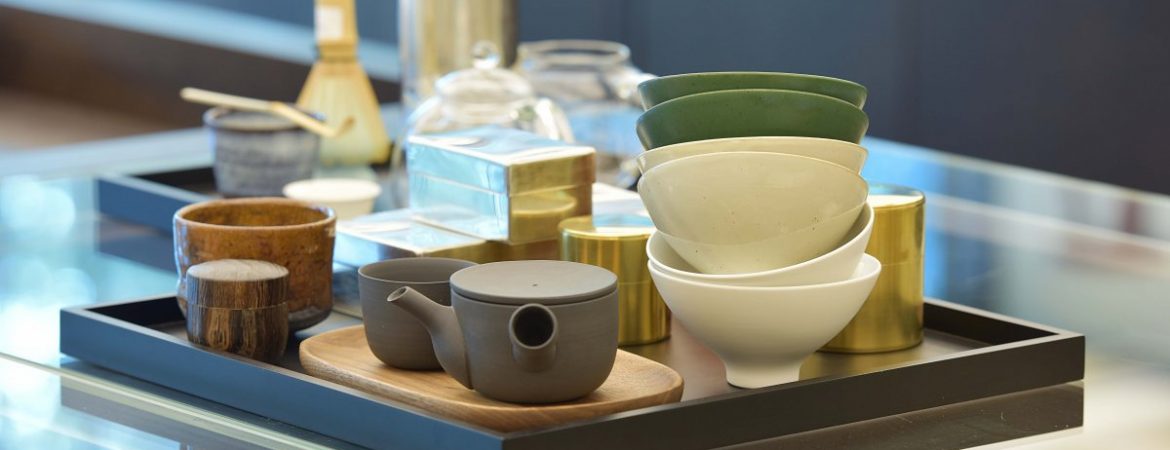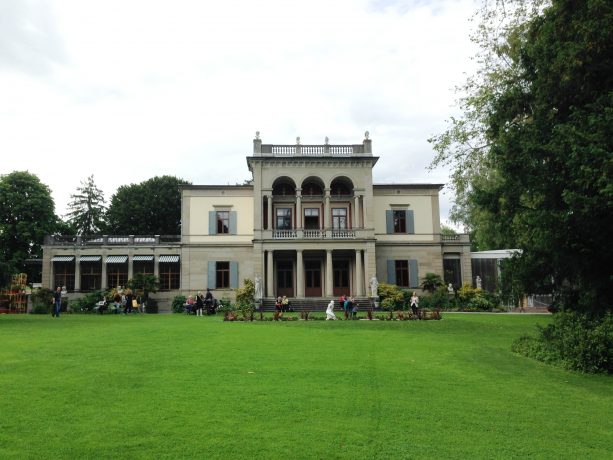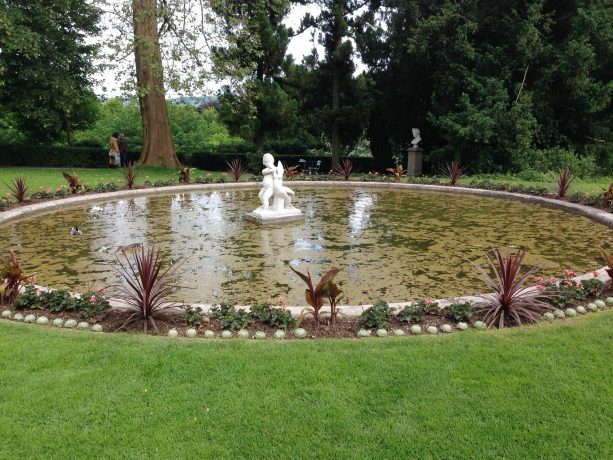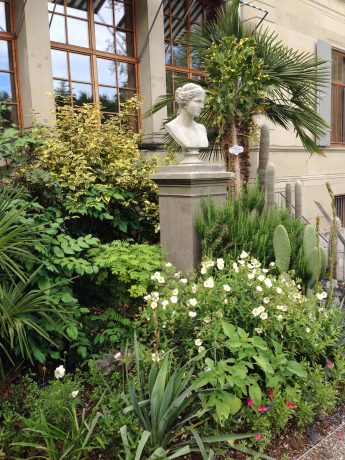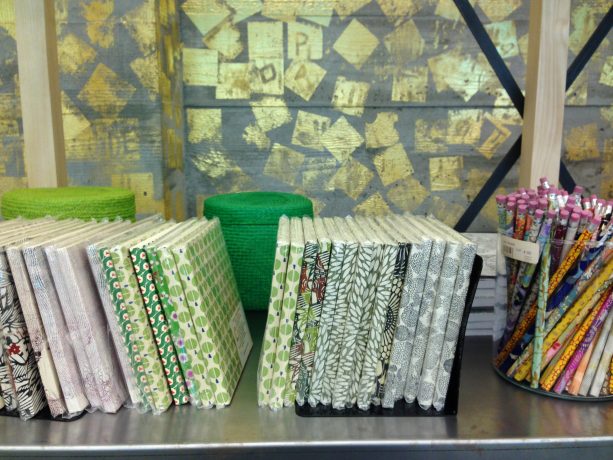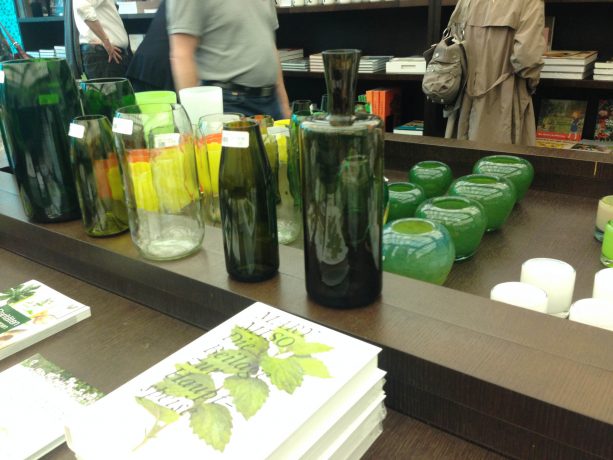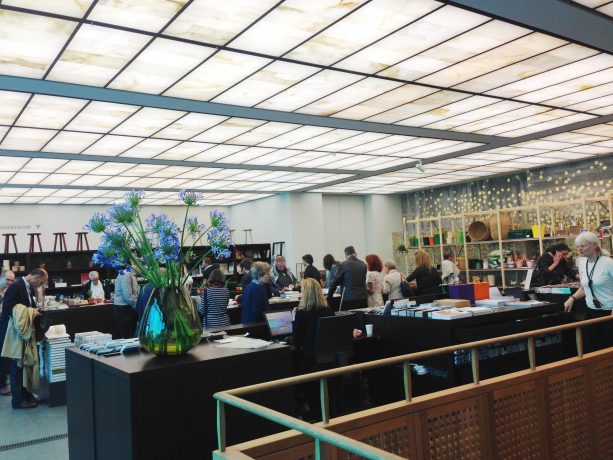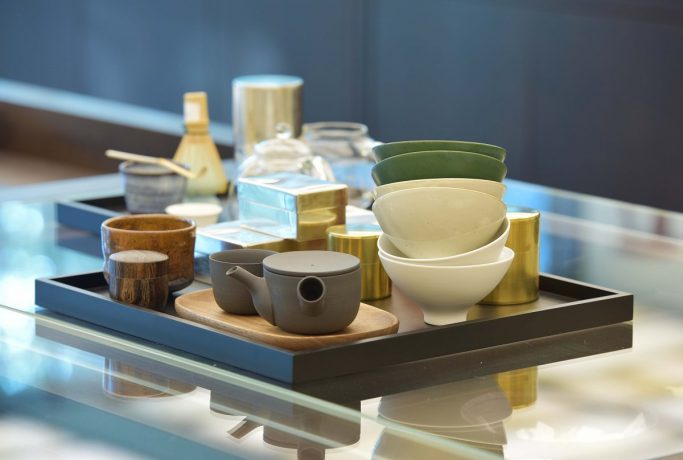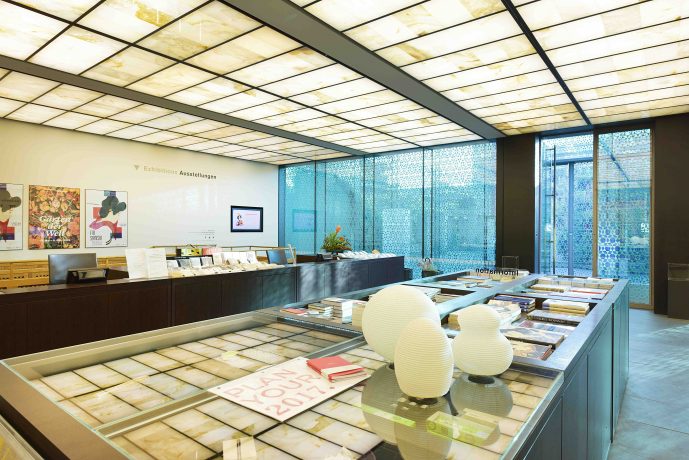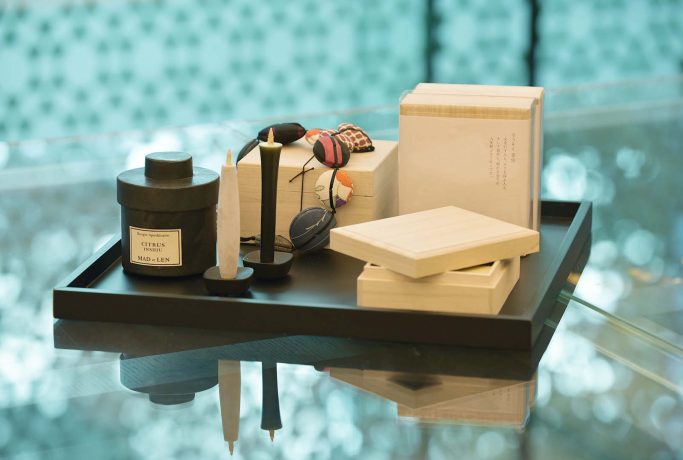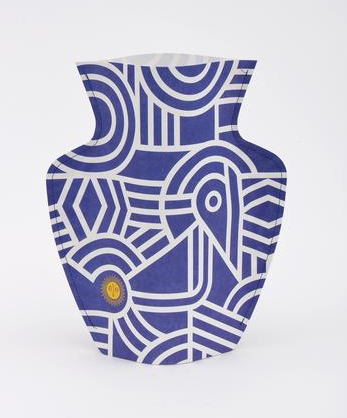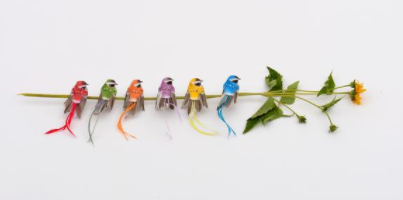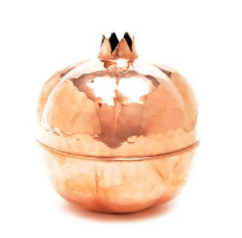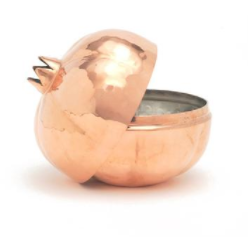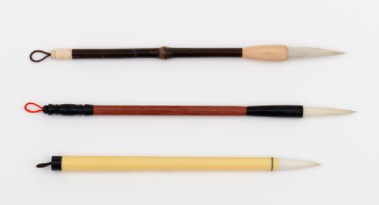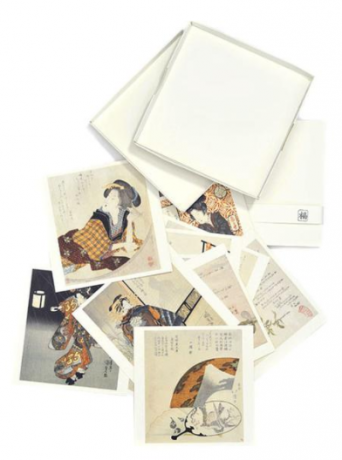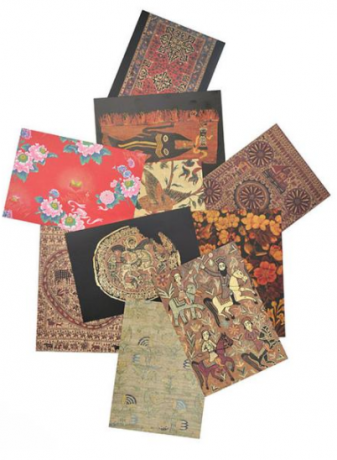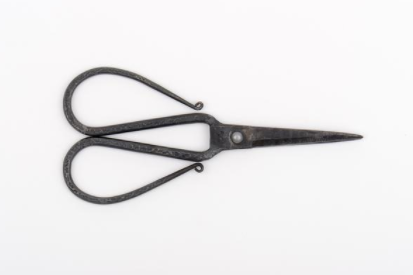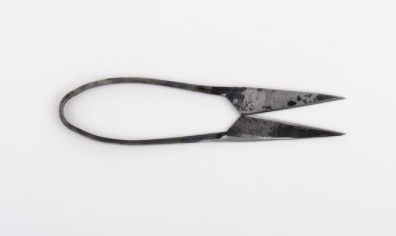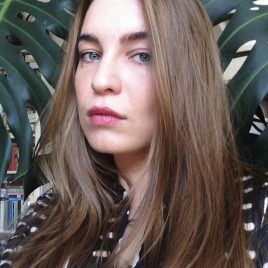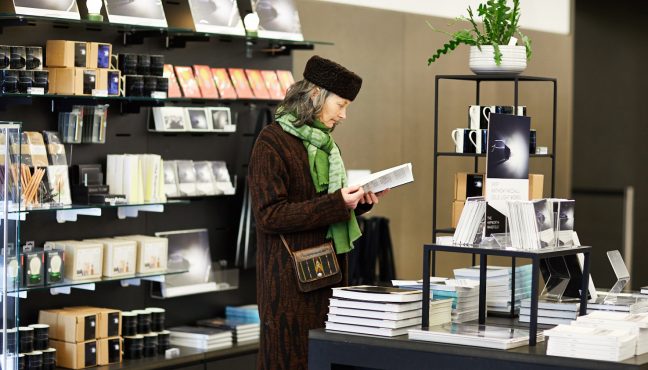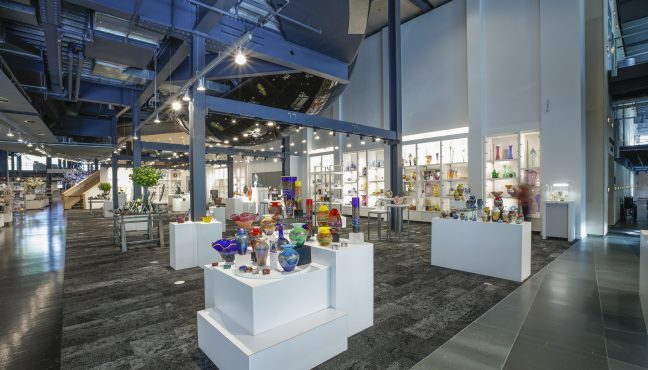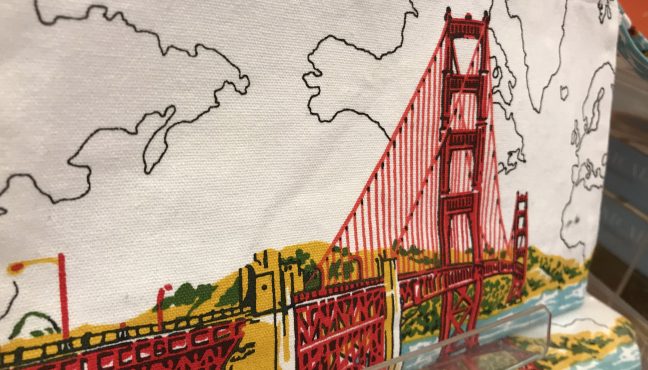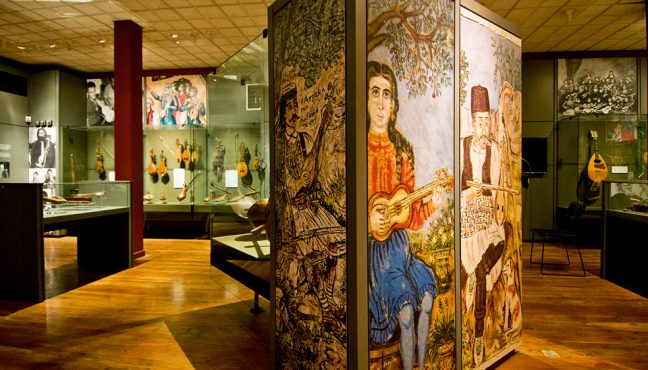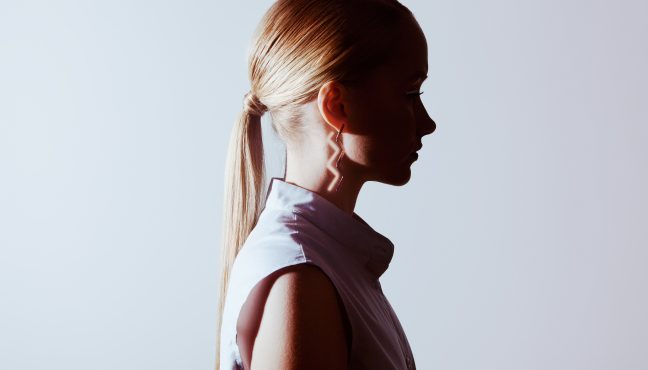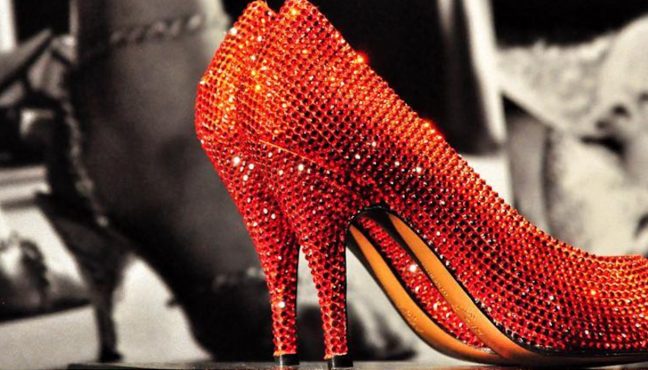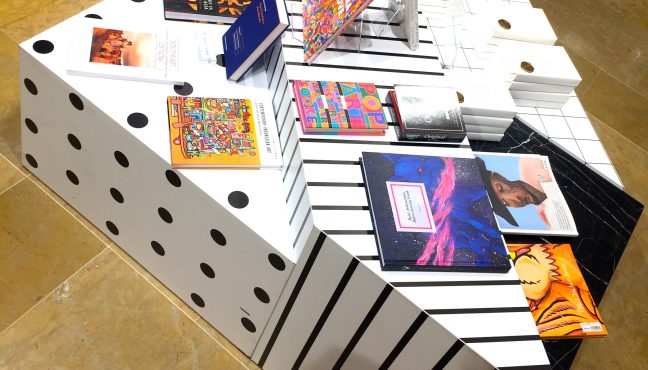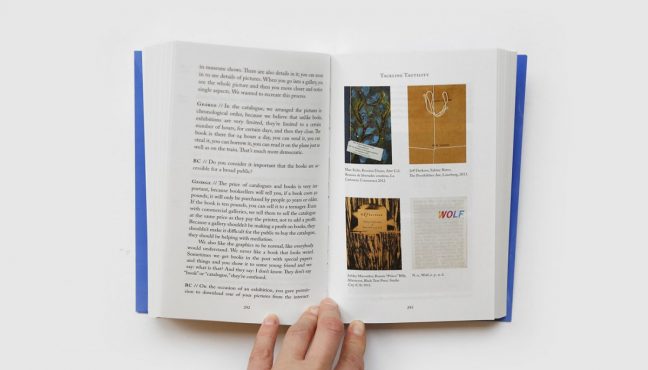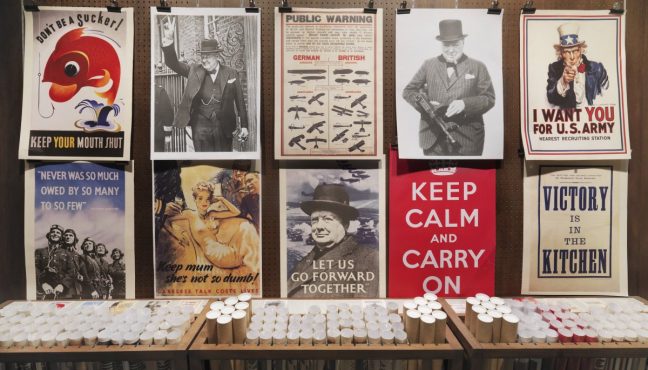The Rietberg Museum in Zurich, Switzerland, presents collections of art from Asia, Africa and Ancient America. Its museum shop provides visitors a wide range of products related to the museum’s collection and temporary exhibitions. The beautifully arranged shop sells objects which one can hardly find anywhere else: exhibition posters, catalogues, postcards, jewelery, ceramics and chinaware. There are over 100 objects from all around the world including Bhutan masks, Cameroonian stools, braided Laos baskets, and figures from Mexico. The emphasis is always focused upon the on-going exhibition as well as on high quality products, which are mostly shipped from the fairtrade area. Its selection is curated in a very delicate manner; the Rietberg Museum shop significantly adds up to the experience of the museum visit.
Nowadays, museum shops are contributing to more than just the commercial aspect of the museum practice, and the Rietberg Museum shop is a destination for museum visitors itself. The shop offers a real experience, in contrast with the perfect arrangements of the museum’s display. The shop also offers visitors a return to the everyday world of both familiar and not-so-familiar objects, because many of them are shipped to Zurich from all around the world. This museum shop experience is enhanced by the metaphoric association with the cultural environment in which the consumer is fully immersed; it is a place where visitors can reflect on their museum visit. The products from the Rietberg Museum shop help the visitors to relive the experience of museum visit through purchases, thus not only causing a kind of sensory engagement, but also providing the audience with memorable experiences.
The history of the Museum started back in 1949 when the citizens of Zurich voted on turning the Villa Wesendonck into a museum for the collection of Baron Eduard von der Heydt, which was to be donated to the city. In 1952, the Museum Rietberg of the City of Zurich opened its doors to the public.
In 2002, the public works department of the Zurich City Council organized a competition among international architects for the design of a new museum extension. The winners were the architects Alfred Grazioli (Berlin) and Adolf Krischanitz (Vienna/Berlin). Their design was selected due to its generous scale, clarity, and restrained elegance.
The two architects have created an underground building, which leaves the exterior of the villa and the park unaltered, but at the same time, provides spacious exhibition halls connected to the old building, the Villa Wesendonck.
On February 18, 2007, the new, large extension opened its doors to the public. The exhibition space increased by 125% and visitors enter the new museum through a glass pavilion, the “Emerald”, and proceed into the foyer. From here, they descend to the two underground levels which comprise 1,300 m2 each.
On the first underground level, the permanent collection galleries are situated along a clearly-defined circuit with works of art from East Asia and Africa. The core of the museum collection still comprises those works of art which Eduard von der Heydt had bestowed to the City of Zurich in the early 1950s. Counting among the most treasured of the museum's assets, for example, are the early Buddhist sculptures from China, with works dating from the 6th and 7th centuries, along with exquisite wood sculpture from West Africa: they substantiated the renommé which the museum enjoys throughout the world.
With a diverse exhibition program as well as a nicely curated museum shop, the museum continues to attract the sophisticated cultural audience of the city of Zurich and many international visitors.
